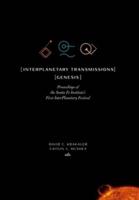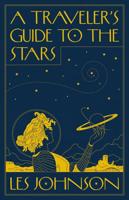Publisher's Synopsis
A test of a generic reusable earth-to-orbit transport was conducted in the 7- by 10-Foot high-speed tunnel at the Langley Research Center at Mach number 0.3. The model had a body with a circular cross section and a thick clipped delta wing as the major lifting surface. For directional control, three different vertical fin arrangements were investigated: a conventional aft-mounted center vertical fin, wingtip fins, and a nose-mounted vertical fin. The configuration was longitudinally stable about the estimated center-of-gravity position of 0.72 body length and had sufficient pitch-control authority for stable trim over a wide range of angle of attack, regardless of fin arrangement. The maximum trimmed lift/drag ratio for the aft center-fin configuration was less than 5, whereas the other configurations had values of above 6. The aft center-fin configuration was directionally stable for all angles of attack tested. The wingtip and nose fins were not intended to produce directional stability but to be active controllers for artificial stabilization. Small rolling-moment values resulted from yaw control of the nose fin. Large adverse rolling-moment increments resulted from tip-fin controller deflection above 13 deg angle of attack. Flow visualization indicated that the adverse rolling-moment increments were probably caused by the influence of the deflected tip-fin controller on wing flow separation. Lepsch, Roger A., Jr. and Ware, George M. and MacConochie, Ian O. Langley Research Center RTOP 242-20-08-01...












